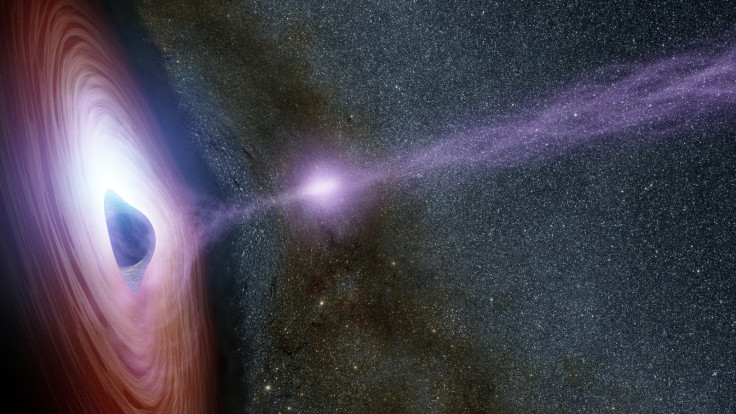We may get the first-ever image of a black hole this year
The Event Horizon Telescope can be used to look directly at the black hole in the centre of the Milky Way.

Within the next 12 months, it might be possible for scientists to get their first-ever look at a black hole. Using data from the Event Horizon Telescope, astronomers might be able to produce the first image of a black hole found in the centre of the Milky Way.
Despite all the representations of black holes that are seen in popular culture and even scientific texts, they have never been directly observed or photographed. The representative images and videos used so far to describe what black holes could possibly look like are based on theoretical knowledge of these structures.
A black hole is a point in space, noted a report in Futurism, where the gravity that it exerts is so strong that nothing ever escapes it, including light.
This effectively means that scientists are trying to create an image of something that 'eats' light. Using the Event Horizon Telescope (EHT), the report noted that it could be possible.
The EHT, however, is not one large telescope that is going to accomplish this feat. Rather, it is a network of telescopes that work together to pool in data and bring together all the components that will, in the end, come together to create a picture of a black hole.
"First, you need ultra-high magnification – the equivalent of being able to count the dimples on a golf ball in Los Angeles when you are sitting in New York," EHT Director Sheperd Doeleman said to Futurism.
Next, to get through to the black hole sitting in the middle of the Milky Way, the EHT needs to see through all the material in the way, including the super hot clouds of gas surrounding it. To do this, scientists would need a telescope as big as the Earth, and that is exactly what the EHT is. Working together from different parts of the planet, all the data from the telescopes in the network will then be used to create one image.
The EHT is a "virtual Earth-sized telescope", said Doeleman. Working at the exact same time, the dishes are fine-tuned to focus on the same spot in space and record all the radio information they can onto hard disks. All this information can then be put together and one final image can then be produced out of it, which would seem like an image from one giant telescope.
Last year, the EHT was tested for the first time in April. Eight dishes from across the globe were pointed at the Sagittarius A* (Sgr A*), the supermassive black hole that is believed to be in the centre of the Milky Way. All the data from the various telescopes was finally compiled by December and analysis of the data has reportedly started. The report also mentioned that the hard disks from the telescope at the South Pole took time to reach MIT Haystack Observatory.
"The impact of black holes on the universe is huge," said Doeleman. "It's now believed that the supermassive black holes at the centre of galaxies and the galaxies they live in evolve together over cosmic times. So observing what happens near the Event Horizon will help us understand the universe on a larger scale."
It is expected that in future, scientists would be able to make several images of the same black hole using this method.
"Of course, we have no guarantee of what we'll see, and nature could throw us a curve ball. However, the EHT is now up and running, so over the next several years, we will work towards making an image to see what a black hole really looks like," Doeleman said to Futurism.







